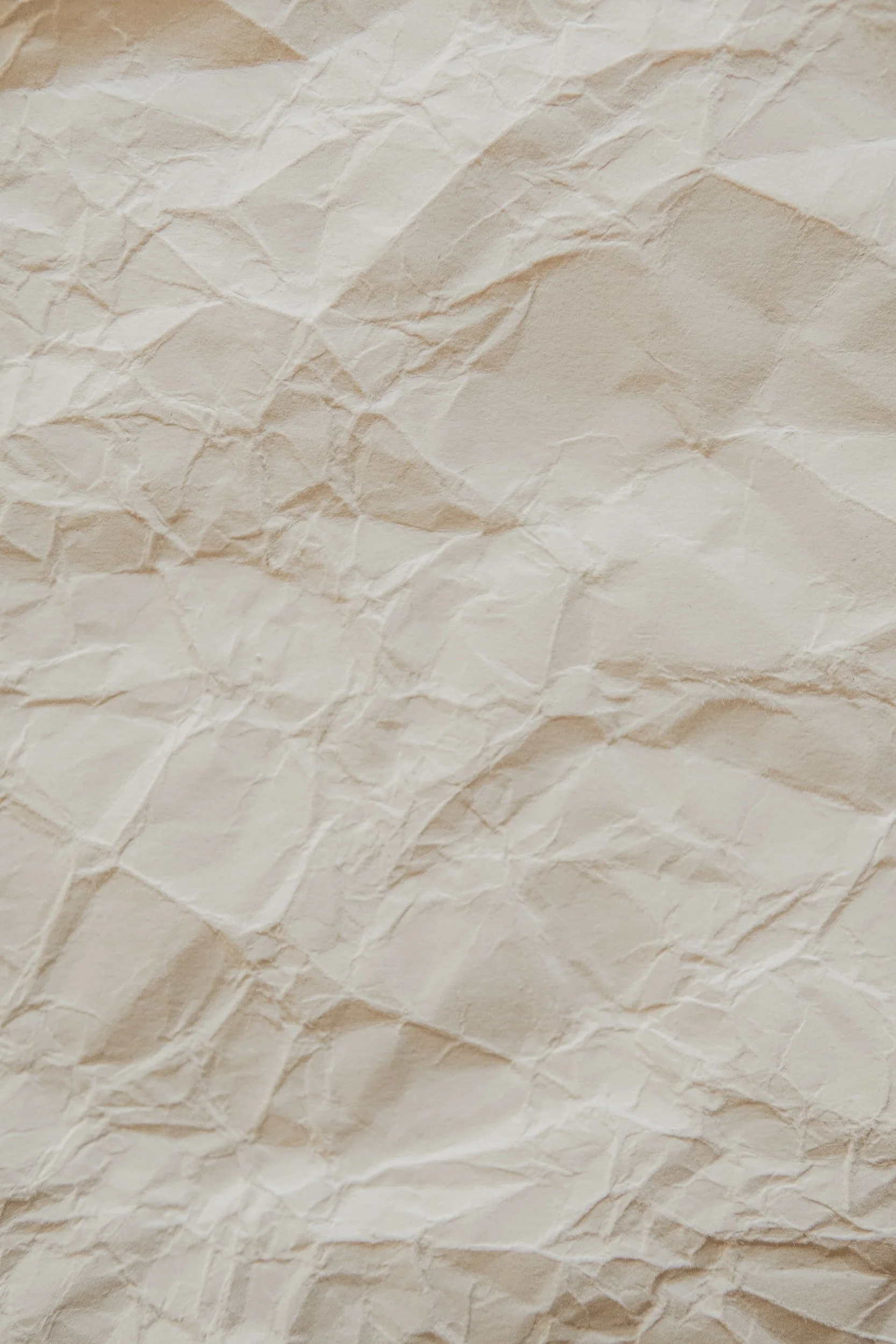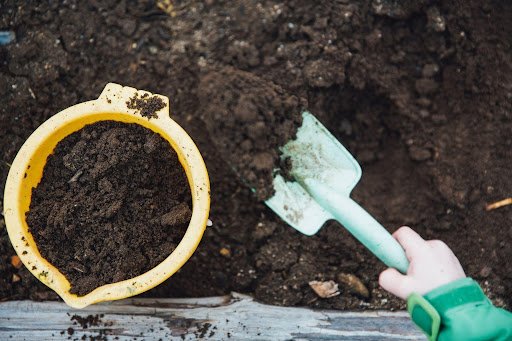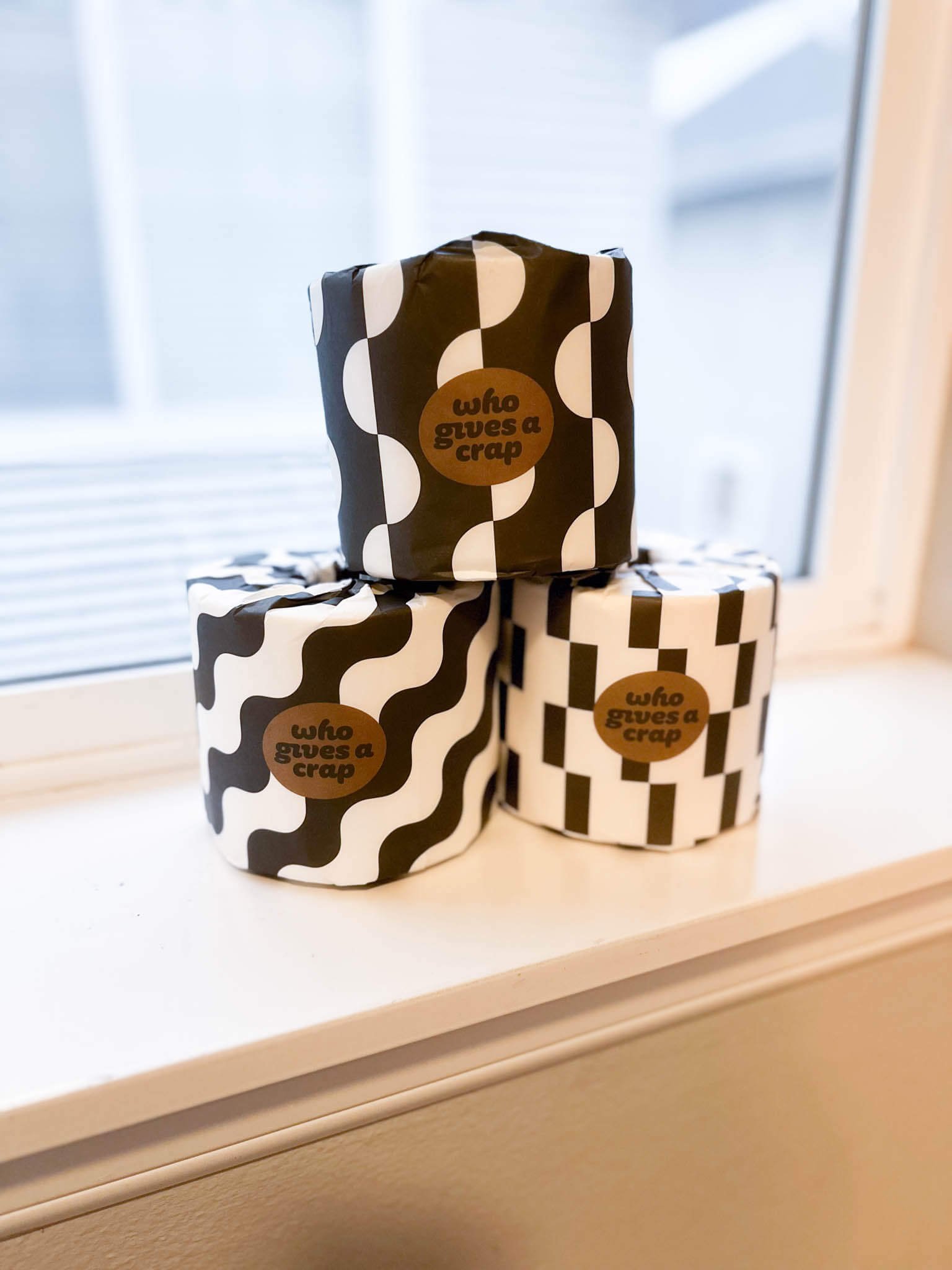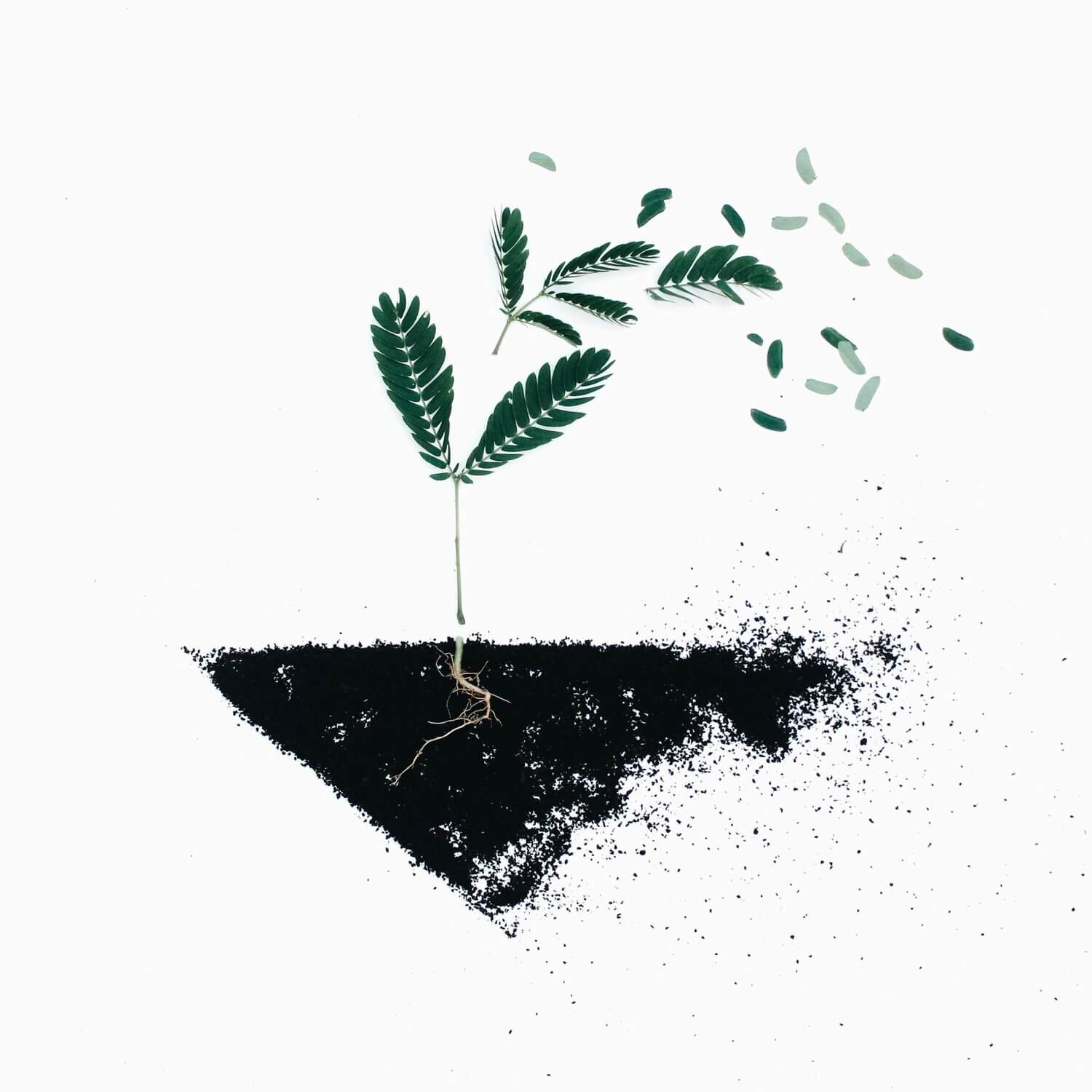How to Compost Paper
Did you know that you can compost paper? So all those newspapers cardboard boxes you were thinking about throwing away or evening recycling can be reused to help fertilize your garden.
If you are wondering how to compost paper keep reading for easy instructions!
What Is Paper Compost?
We are all familiar with the humble piece of paper. We use it every day, and it's easy to take for granted.
Paper compost is a type made from paper products that bacteria and fungi have broken down.
This process is known as decomposition, the same process that happens when leaves and other organic matter decompose.
The resulting compost is rich in nutrients and an excellent source of carbon, which is perfect for gardens and landscapes.
Composting paper is a great way to reduce waste, live more sustainably, and improve the health of your garden.
And best of all, it's easy to do! Add paper products to your backyard compost heap or bin, and let nature take its course.
How To Compost Paper Outdoors
Whether you're looking to reduce your carbon footprint or want a way to make use of all those newspaper clippings and turn them into natural materials, composting paper is a great way to go. It's easy to do and can be incorporated into any yard waste program. Here's how to do outdoor composting.
The first step is to find a suitable location for your compost pile or bin. You'll need to find an area that gets a decent amount of sunlight and is relatively close to a water source. This is because paper compost needs a good amount of sun and water to break down properly. Once you've found a suitable location, you'll also need to prepare the area by clearing away debris or vegetation.
It's time to start layering your paper. Newspaper, junk mail, paper plates, and even used paper towels are all types of paper that can be included in your compost pile. Make sure that any paper you include is clean and free of chemicals or plastic. Avoid glossy magazine like papers. Once you have your paper scraps, it's time to start layering them with other materials. A good ratio to follow is two parts brown material (such as dead leaves or twigs) to one part green material (like coffee grounds or veggie scraps). Keep layering until your compost pile is about three feet high.
Now it's time to let nature take its course. The composting process will take anywhere from a few months to a year, depending on your bin's temperature and moisture levels.
The sun and heat from decomposing materials will help speed up the process. It would help if you turned your compost pile every few weeks to aerate it and help accelerate decomposition.
Once the paper has broken down, you can use it as mulch or add it to your garden beds. It's a great way to recycle paper and give your plants a boost of nutrients at the same time!
Methods Of Paper Compost
Paper compost is an eco-friendly way to dispose of paper products.
Composting accelerates the decomposition of paper products, allowing them to break down into nutrient-rich soil amendments.
Several different methods can be used to compost paper products.
However, not all paper types can be composted, and some paper moves through the compost process more quickly than others. Keep reading for more info!
Shred And Spread Method
One method is to shred the paper and mix it with other organic green materials, such as leaves and fresh grass clippings.
This mixture can then be placed in a compost bin or pile, which will break down over time.
The shredding helps to break down the paper quickly, while the spreading ensures that the paper comes into contact with various microbes and fungi that will help decompose it.
This method is particularly well suited for those with limited composting space, as it requires no particular bins or containers.
In Layers Method (Lasagna Method)
Another method is to layer the shredded paper in layers, interspersing each layer with organic material such as manure or soil.
Layering your browns (paper products) and greens (food scraps) in a lasagna-like method is a great way to start a compost pile.
First, start with a layer of browns - shredded paper, cardboard, and egg cartons.
Add a layer of greens - vegetable and fruit scraps and food waste, coffee grounds, tea bags - on top of the brown materials.
Continue layering until you've reached the top of the pile. Once you're finished, cover the pile with a layer soil to help with the decomposition process. In no time, you'll have nutrient-rich compost for your garden!
How To Compost Paper Indoors
Vermicomposting is the best way to compost paper indoors. All you need is a Worm Bin (available at most garden stores), some worms, compost ingredients and some shredded paper. To get started:
Add a layer of shredded paper to the bottom of your bin.
Add a layer of moisture with food scraps.
Add another layer of paper.
Add a layer of worms on top of the paper. The worms will eat the paper and turn it into nutrient-rich compost.
Continue adding layers of paper and worms until the bin is full.
Note: do not feed worms any dairy products, meat, or fats in your kitchen scraps.
The Benefits Of Composting Paper
Paper composting is gaining popularity for its simplicity and effectiveness. Have you ever wondered what the benefits of paper compost are? Here are just a few of them:
Paper compost helps improve soil structure and fertility.
It helps retain moisture in the soil, which can be helpful during periods of drought.
Unlike many other waste reduction methods, composting is entirely free—all you need in your yard and some paper products to get started.
It's a great way to recycle paper materials that would otherwise end up in a landfill.
If you have a paper shredder, you can then compost the shreds rather than send them out to a landfill.
Composting reduces the amount of methane gas produced in landfills, which is a toxic material that is harmful to the environment.
Tips To Keep In Mind When Composting Paper
Let's face it; we use many paper products daily. It all adds up from the paper we print on to the paper towels we use to clean up.
And while recycling is always a good option, not all paper can go in to a recycling bin. Composting is a good example of a better option for any paper recycling process. Composting paper is an even better way to reduce your environmental footprint.
However, there are a few things you should keep in mind when composting paper.
First, avoid using glossy paper or coated papers, as these typically contain plastics and do not break down easily. So, unfortunately you can’t compost magazines!
Second, shred or tear the paper into small pieces to speed up the composting process.
Be sure to keep your paper-based compost in a moist environment - too much moisture will lead to mold growth, but not enough will prevent the paper from breaking down.
It is important to aerate your compost pile regularly. This can be done by turning the pile with a shovel or pitchfork.
And finally, don't forget to add some green material (like grass clippings or food scraps) to your compost pile to help balance out the carbon from the paper.
Now that you know how to compost paper, what are you waiting for?
Start saving your newspapers, scraps, cardboard boxes, brown paper bags from grocery stores, and other paper based materials today so you can start composting them tomorrow.
Not only will this help reduce your impact on the environment by keeping these materials out of landfills, but it will also provide valuable nutrients for your garden or lawn. Ready to get started?
For more tips & tricks on sustainable living be sure to follow The Honest Consumer on social media, subscribe to our newsletter, & check out the Ethical & Sustainable Brand Directory.


















